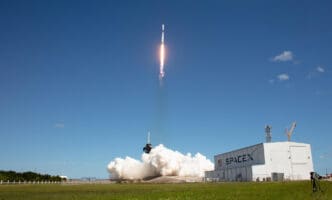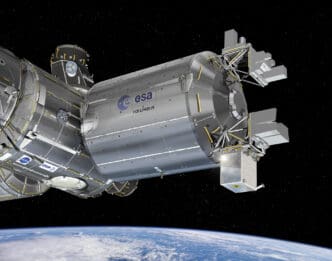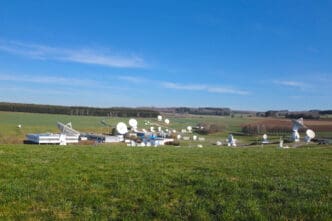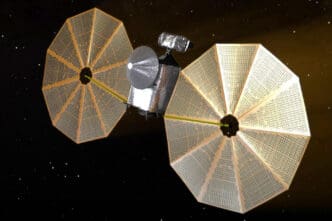NASA’s Biological and Physical Sciences mission is at the forefront of space-based research, leading the way in pioneering discoveries that enhance our understanding of life and the physical world beyond Earth. The division’s transition of oversight from the Space Life and Physical Sciences Research and Applications division to the Science Mission Directorate marks a significant step in aligning scientific exploration with future space missions.
The BPS mission, part of NASA’s strategic vision, is focused on understanding how spaceflight affects biological and physical systems. This mission is integral to expanding human capability and opportunity in space exploration while contributing to advancements in technology and science, both in space and on Earth.
The transfer of research oversight to the Science Mission Directorate in 2020 signified an increased focus on using space to drive scientific discovery and innovation. BPS’s vision aligns with NASA’s broader goals, aiming to lead the scientific community in space research that benefits both human exploration and life on Earth.
Key programs under BPS include the Space Biology Program and the Physical Sciences Program, which utilize the unique environment of space to study the effects of gravity on living organisms and understand physical phenomena in the absence of gravity. These programs aim to provide groundbreaking insights into biology and engineering, pushing the boundaries of knowledge and application.
BPS works closely with a diverse array of partners, including academic institutions, government laboratories, and international organizations, fostering a collaborative environment for research and development. The use of various platforms, such as the International Space Station (ISS), enables long-duration experiments crucial for sustained research.
The ISS stands as a vital asset for conducting experiments that require the unique conditions of low Earth orbit. Its role as a space-based laboratory allows scientists to conduct continuous, interactive research, enabling innovations that are not possible on Earth.
To facilitate these advancements, BPS solicits research proposals through formal channels and emphasizes the importance of data archiving to support future studies. This approach ensures that experimental results are accessible to the wider scientific community, fostering ongoing innovation and discovery.
Looking ahead, BPS is planning further research and technological development to support human spaceflight beyond low Earth orbit. These efforts are crucial as NASA prepares for new exploratory missions, pushing the boundaries of what is possible in space.
NASA’s Biological and Physical Sciences mission represents a commitment to advancing our understanding of life and physical phenomena in the unique environment of space. Through strategic partnerships and the use of cutting-edge technology, the mission not only supports future human exploration but also contributes to scientific and technological breakthroughs that benefit life on Earth.
Source: Science.Nasa







